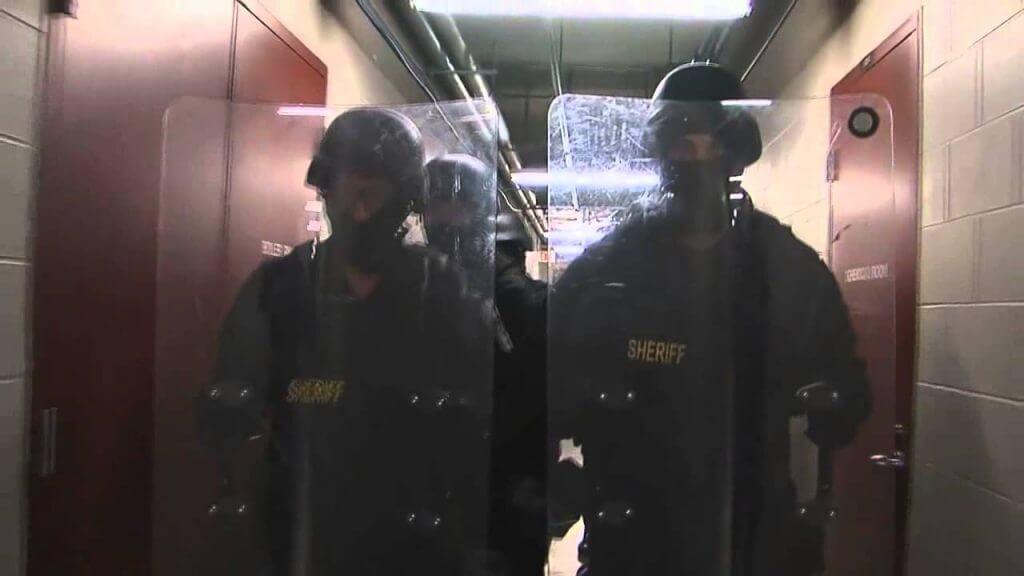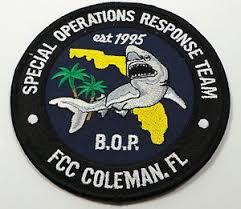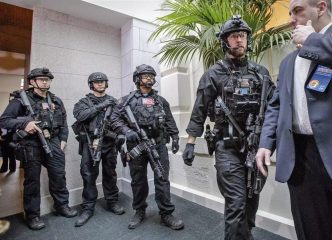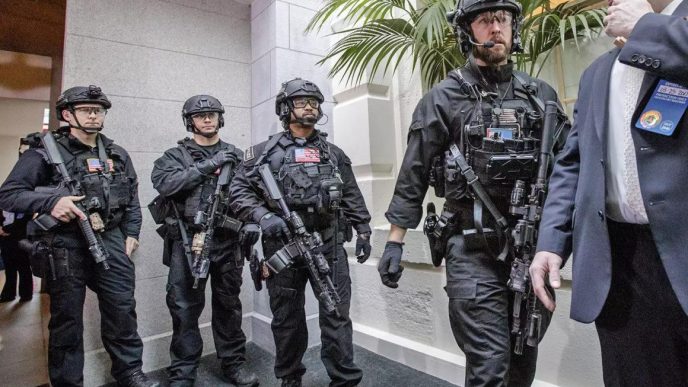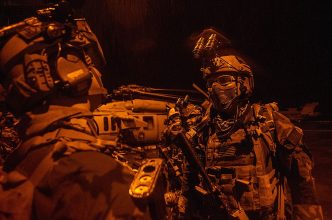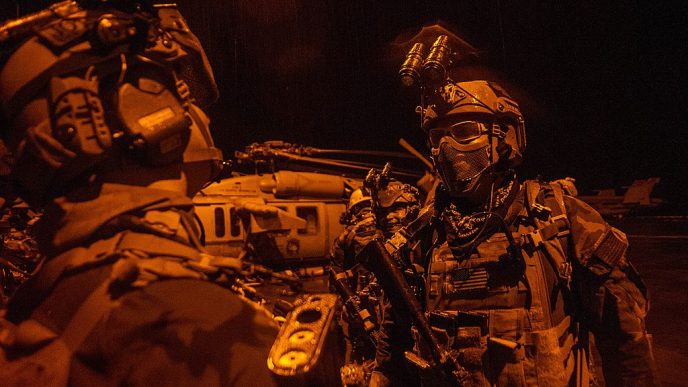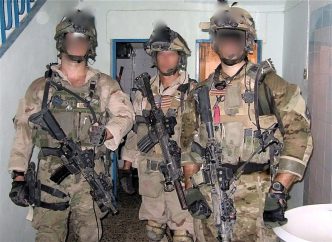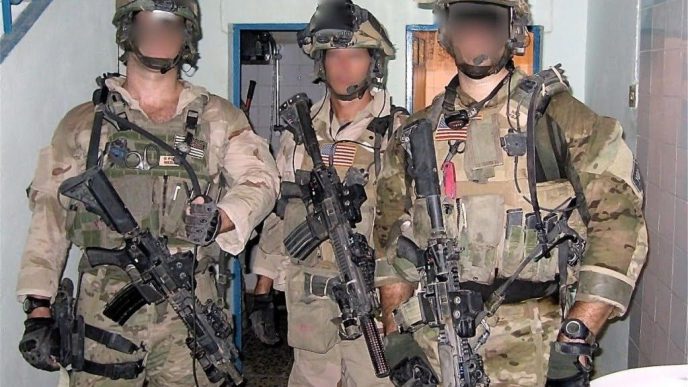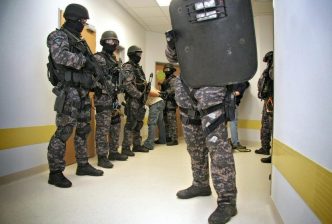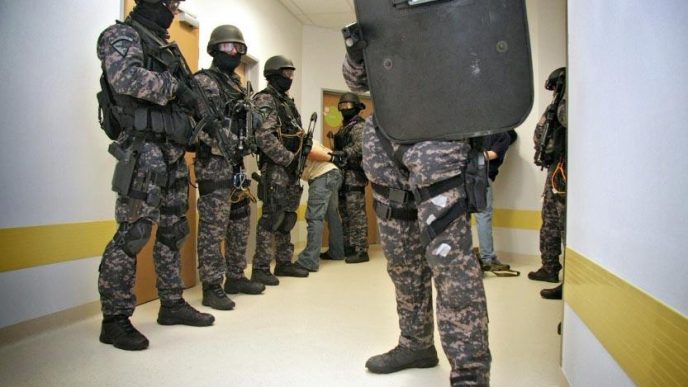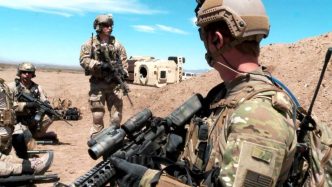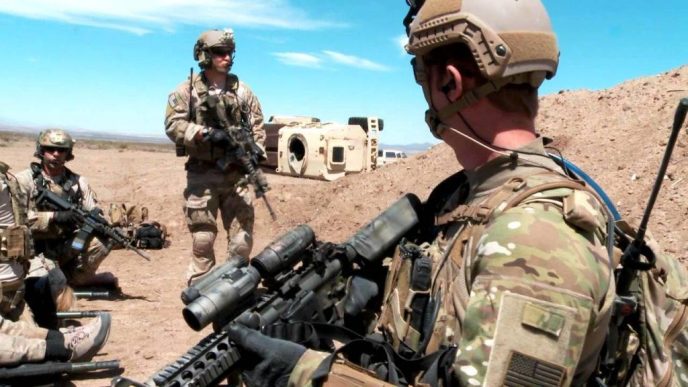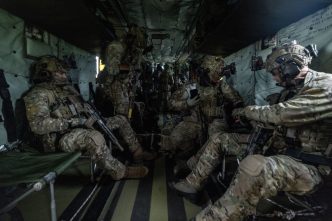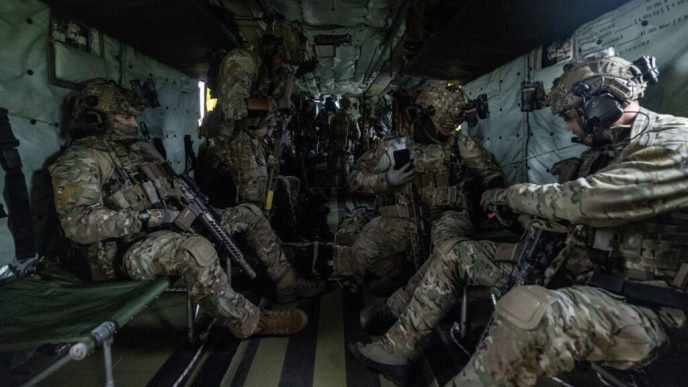The Federal Bureau of Prisons (BOP) employs specialized teams known as Special Operations and Response Teams (SORT) to enhance emergency preparedness within its facilities. Comprising 15 members, including security systems, firearms, and emergency medical treatment experts, SORT members must meet rigorous academic, psychological, and physical standards. In addition to SORT, the BOP utilizes Disturbance Control Teams and Hostage Negotiation Teams to augment its emergency response capabilities.
Over the past eight years, these teams have been called upon to manage a variety of high-profile emergencies, both within and outside of institutional settings. From their role in managing the Atlanta and Oakdale prison disturbances of 1987 to their involvement in the Los Angeles street riots of 1992, these units have consistently demonstrated their effectiveness in providing control and recovery services through their specialized training.
History
In May 1990, the Federal Bureau of Prisons (BOP) established the Office of Emergency Preparedness to coordinate the agency’s emergency response efforts and provide oversight for its Special Operations and Response Team (SORT) program. This office acts as the BOP’s liaison with other agencies in emergency response matters and offers training in emergency planning and response to BOP managers.
The establishment of the office resulted from the riots and hostage situations at the U.S. Penitentiary in Atlanta and the Federal Correctional Institution in Oakdale, Louisiana, in November 1987. The BOP’s After-Action Review Team, assigned to evaluate the Bureau’s response to these incidents, proposed over 100 recommendations to improve emergency preparedness. The BOP’s executive staff considered these recommendations, and many were adopted. When the office was established, one of its primary objectives was to monitor the implementation of these approved recommendations.
This process continued until June 1992, when all six regions of the BOP reported 100% institutional compliance. Furthermore, the Office of Emergency Preparedness provides training and guidance to the BOP’s Special Operations and Response Teams (SORTs) – specialized tactical teams capable of responding to prison disturbances and supporting local law enforcement during civil unrest or natural disasters.
Organization
The typical Special Operations and Response Team (SORT) comprises 15 individuals, each with specialized skills and expertise. These may include an emergency medical treatment specialist, a firearms instructor, a rappel master, a security and locking systems specialist, and a blueprint expert. Additionally, several team members possess advanced knowledge and training in firearms and tactical planning procedures. The Bureau of Prisons currently has 44 SORT teams in operation, comprising more than 700 staff members.
Selection
Membership in a Special Operations and Response Team (SORT) is contingent upon meeting and maintaining strict standards. Before being accepted, candidates must pass a physical fitness examination and complete an obstacle course and two-mile run within set time limits. Each member must also demonstrate proficiency with weapons used in emergency response situations. Within 90 days of joining the team, members must further develop their tactical responses, riot control techniques, and rappelling skills.
In addition to these physical and technical requirements, team members must pass a comprehensive written examination covering Bureau of Prisons policies on various subjects. Candidates also undergo a panel interview with an associate warden, captain, team leader, and staff psychologist before being selected for the team.
Once an institution establishes a Special Operations and Response Team (SORT), it must adhere to strict protocols and procedures for all operations. To ensure the team’s readiness and proficiency, individual members must possess the necessary certifications, and the team must pass annual regional certification and training exercises. These exercises, which the Office of Emergency Preparedness organizes, assess the team’s performance based on national standards and rank them accordingly.
The Office of Emergency Preparedness designs the certification tests and provides a comprehensive guidebook for each regional correctional services administrator to use during the training. The training curriculum covers various essential skills, including tactical planning for building entry and hostage rescue scenarios, weapons handling, and rappelling. If deficiencies are identified, the team receives additional training to meet the established performance standards.
Training
The Special Operations and Response Teams (SORT) must meet their mandatory training requirements by conducting monthly training sessions. The team members must receive a minimum of eight hours of on-duty training each month, but many institutions choose to provide 16 hours for additional proficiency.
In addition to fulfilling the mandatory training requirements, team members also receive supplementary training that focuses on reinforcing the specialized skills of each team member. For example, each SORT team comprises a medical expert, blueprint specialist, chemical agent specialist, and sniper. Team members often participate in additional training during their personal time to meet the demands of both mandatory and supplementary training.
Although all medium and high-security institutions under the Bureau of Prisons (BOP) are mandated to have Special Operations and Response Teams, staff participation is voluntary. Each SORT member maintains a primary duty assignment, with SORT participation as an additional duty. The membership is not restricted to custody staff; teams typically consist of men and women from various departments within the institution.
Equipment
The uniforms worn by Special Operations and Response Teams (SORT) consist of U.S. Battle Dress attire, Kevlar helmets, and tactical footwear. The equipment used by SORT teams may vary; however, all teams are equipped with level IIIA body armor and some load-bearing vest. Additional protection is provided through the use of Body Bunker ballistic shields.
The weapons utilized by SORT include the SIG Sauer P228 or Glock 19 pistols, Colt 9mm submachine guns or Heckler and Koch MP5 submachine guns, Benelli M1 Super 90 shotguns, McMillan M86 SR Sniper rifles, 37mm gas guns, diversionary devices, and chemical munitions.
Other Response Teams
In addition to Special Operations and Response Teams (SORTs), the Bureau of Prisons (BOP) also requires each institution to establish, train and maintain Disturbance Control Teams. These teams focus on traditional disturbance control techniques, such as using squad formations to move groups of inmates, while the SORTs handle more tactical operations. These teams can be mobilized more quickly than SORTs as more institution staff are trained in this level of response. As a result, these teams often serve as the primary institutional response to emergencies, particularly in institutions that do not have SORTs, or as an additional response option when the institution’s SORT needs to be activated immediately.
In addition to SORTs and Disturbance Control Teams, the BOP also employs Hostage Negotiation Teams. Each institution, excluding minimum-security camps, must develop and maintain a Hostage Negotiation Team. Currently, the BOP has more than 200 trained correctional hostage negotiation specialists. The teams provide a shared experience and responsibility in the highly stressful hostage negotiation process. All members of the Hostage Negotiation Teams must participate in monthly training.
To foster a positive working relationship between negotiators and tactical team members, the BOP recommends assigning a SORT liaison officer to the Hostage Negotiation Team. The liaison officer participates in the monthly hostage negotiation training and acts as a liaison between the two teams, facilitating communication and coordination.
Equipment and logistics
The Bureau of Prisons (BOP) maintains several logistics centers to store emergency equipment, including mobile kitchens, water trailers, tents, cots, blankets, and portable lighting. These supplies, mostly military surplus, can be utilized to support institution operations or provide resources in an emergency.
SORTs (Special Operations and Response Teams) conduct monthly testing to ensure the equipment is in proper working condition. Additionally, the Office of Emergency Preparedness has established an interagency agreement with the Department of Defense to transport BOP personnel and equipment to areas of crisis in the event of an institutional emergency.
Each institution must participate in at least two simulated emergency exercises annually. These exercises integrate various aspects of the emergency response program, including Special Operations and Response Teams, Disturbance Control, and the Hostage Negotiation Team, and ensure coordination with relevant military, federal, state, or local law enforcement and emergency response personnel.
The BOP’s focus on training and readiness has proven to be highly beneficial in recent years. The Bureau played a critical role in resolving several high-profile incidents, including the 1987 disturbances at USP-Atlanta and FCI-Oakdale, the 1991 hostage situation at FCI-Talladega, Alabama, the containment and relocation of inmates following Hurricane Andrew’s damage to FCI-Miami, and maintaining order during the civil unrest in Los Angeles in May 1992. These experiences have underscored the importance of adequate preparation and training in effectively managing various emergencies.
